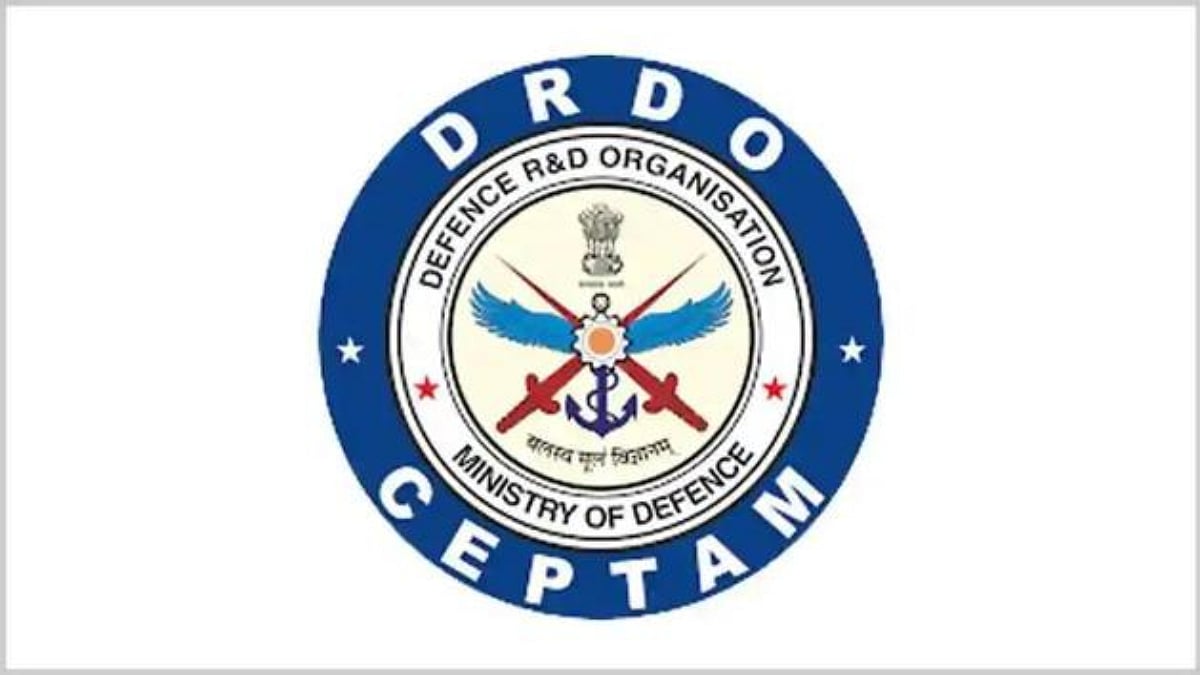India’s Radar Revolution: DRDO’s cutting-edge systems redefine long-range surveillance and defense | File Photo
India has quietly emerged as a formidable player in the development of long-range radar systems surpassing European nations in the critical domain of high-stakes technological race that could reshape regional and global security dynamics.
Once being reliant on imports from Europe for advanced radar technology, with countries like France, the United Kingdom and Sweden to supply sophisticated radar systems such as the Thales Ground Master series, the Saab Giraffe and the BAE Systems ARTISAN radars, India has silently developed a self-reliant ecosystem capable of standalone strategic deterrence.
“Europe’s radar development has largely focused on meeting the needs of a relatively stable continent, prioritizing interoperability and incremental upgrades built around Active Electronically Scanned Array (AESA) technology for performance, reliability, and integration into NATO’s defense architecture. The imported radar system was no match for diverse high threat environment faced by India from dual fronts of Pakistan and China rapidly evolving missile and air capabilities,” claimed a senior Defence Research and Development Organisation (DRDO) official.
While the Chinese radar dominance has long been a concern for India, particularly with Beijing’s ability to monitor missile tests from Dr APJ Abdul Kalam Island and exert influence over the Indian Ocean Region (IOR), India is challenging the Red Dragon with its own indigenous radar system.
The Chinese surveillance network with systems like the Large Phased Array Radar (LPAR) in Yunnan boasts a 5,000 km range, India has developed Ashwini Low-Level Transportable Radar (LLTR), a 4D AESA system inducted into the Indian Air Force (IAF) with superior range exceeding 200 km and advanced electronic counter-countermeasures (ECCM) which can detect low-altitude targets-including drones and stealth aircraft-in hostile electronic warfare environments.
“Ashwini radar system directly counters China’s growing fleet of stealth fighters like the J-20 and its extensive radar net along the Line of Actual Control (LAC),” said an Indian Army commander on the system deployed in the forward bases in Ladakh and Aurnachal Pradesh.
India has engineered long-range radar systems that rival European counterparts led Electronics and Radar Development Establishment (LRDE) spearheading a silent revolution in radar technology under the “Make in India” initiative to encourage and incentivise local development and manufacturing.
“The Swordfish Long Range Tracking Radar (LRTR) developed by DRDO and Bharat Electronics Limited (BEL) boasts a detection range exceeding 1,500 km for ballistic missile tracking with upgrades. The AESA-based system is integral to India’s Ballistic Missile Defence (BMD) network offers precision tracking and fire control capabilities that outstrip Europe’s comparable systems like the French Thales SMART-L with a range of around 1,000 km in its extended configuration,” explained a senior naval weapons specialist Commander.
While Europe’s radars are optimized for air defense and maritime surveillance in a NATO context, Indian Swordfish is battle-tested for intercepting high-speed ballistic threats with capability honed through real-world missile tests like the Agni-V.
While another crucial system Virupaksha radar, a next-generation AESA system with over 2,400 Gallium Nitride (GaN) based Transmit/Receive Modules (TRMs) provides enhances power output and heat resistance giving superior resolution and range compared to Europe’s predominantly Gallium Arsenide (GaAs)-based systems. The Virupaksha radar is designed for air surveillance and early warning outperform
even advanced Eurepaan platforms like Saab GlobalEye in raw detection power and adaptability to Indian diverse terrain.
Another DRDO marvel is static High Power Radar (HPR) offering surveillance ranges beyond 300 km designed to track multiple targets simultaneously, including hypersonic threats—a domain where China has invested heavily with systems like the DF-17. While China’s LPARs excel in long-range missile detection, India’s HPR and Swordfish provide a layered, multi-role capability that balances early warning with tactical responsiveness lacked by European system.
The Uttam AESA radar, now integrated into the Tejas fighter, and the Revathi 3D radar for naval warships demonstrate India’s ability to adapt radar technology across platforms from aircraft to ships to ground-based defenses. The European radar system by contrast tend to compartmentalize its radar applications and limiting flexibility.
India’s radar systems are also priced competitively, making them attractive for export is poised to challenge European giants like Thales and Saab in the global market, while China remains focused on supplying its allies like Pakistan and Bangladesh.
